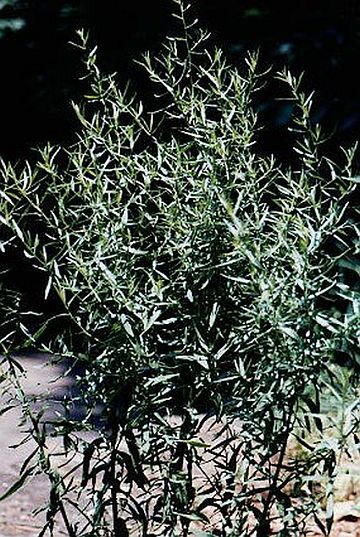
A new study published by the USDA has found that increasing carbon dioxide level in the air is fueling a global ‘shrub invasion’. Providing evidence to support this theory, the research has suggested that current environmental conditions are promoting the growth of shrubs over native grasses.
This encroachment by shrubs on grasslands which could jeopardize their value as grazing grounds is indicative of an increase on CO2 in the air. How? Primarily because shrubs tend to process CO2 more efficiently for photosynthesis.
Shrub encroachment is not a new phenomenon:
Shrubs have been steadily encroaching on traditional rangelands in the northern hemisphere for at least two centuries. However, it is only in the last 10- 15 years that ecologists are seeing a link between this development and a high level of carbon dioxide in the atmosphere.
This is without doubt a worrying development:
Carbon dioxide levels are expected to increase significantly by end of this century and this could have serious implications for the grasslands which are used for grazing by livestock. At present, the grasslands cover about 40 percent of the earth’s surface and stretch from the United States to Mongolia and Kazakhstan.
To understand this phenomenon better, Jack Morgan and his colleagues at the USDA’s Agricultural Research Service set up an experimental field station complete with grass enclosures. Their aim was to explore how CO2 levels impact semiarid cattle ranch country of north- eastern Colorado.
During their study, the researchers increased CO2 levels in the enclosures to double their concentration. This was meant to simulate condition that climatologists expect will prevail by end of this century. Five years into the study the scientists found an astonishing increase in the presence of a small woody shrub called Artemisia frigida. Its biomass increased by forty times and its coverage escalated to twenty more times; the results speak for themselves.
The researchers observed:
The increased proportion of woody plants has reduced significantly the available forage in many world grasslands and, without proactive management measures like burning, has rendered these lands less suitable for livestock grazing.
Morgan also noted:
As the shrubs displace the grasses, the forage quality of the land decreases and the land becomes less valuable as a place where livestock can graze. People may have to consider a change in land-use whether it’s tourism or carbon storage.
The paper appears in the most recent journal of the Proceedings of the National Academy of Sciences.
Via: Discovery Channel
Image: Wikipedia


